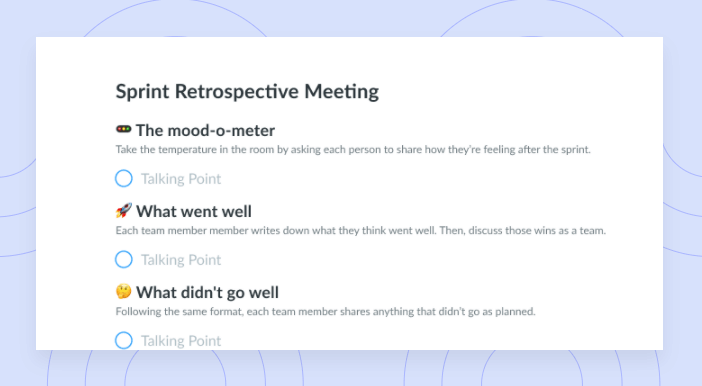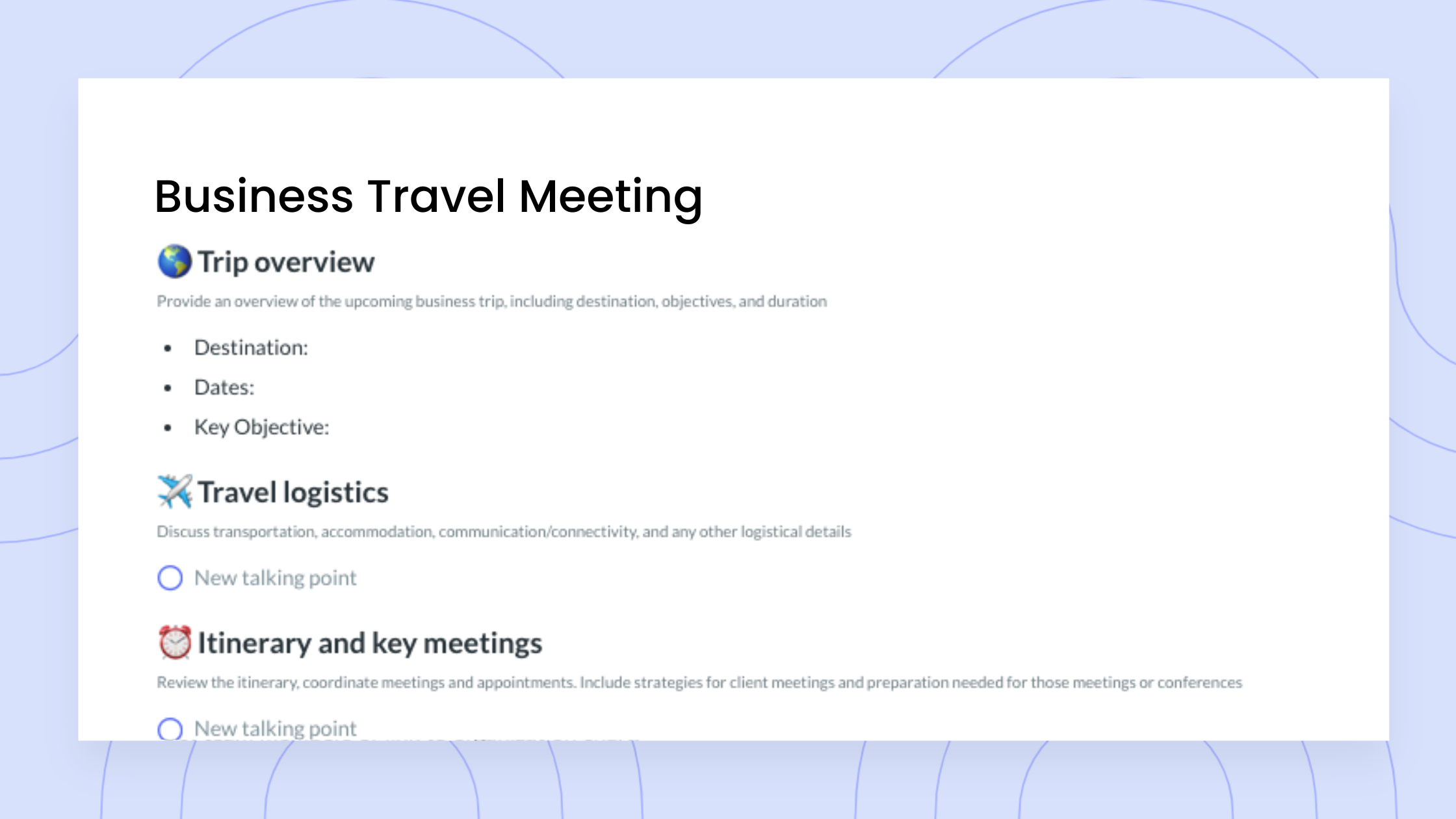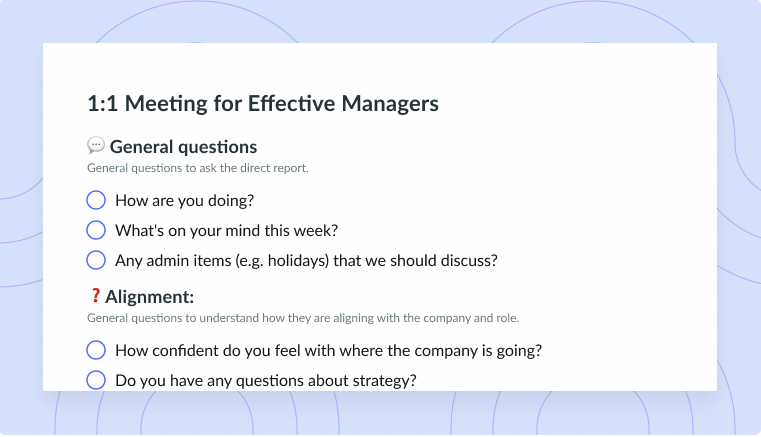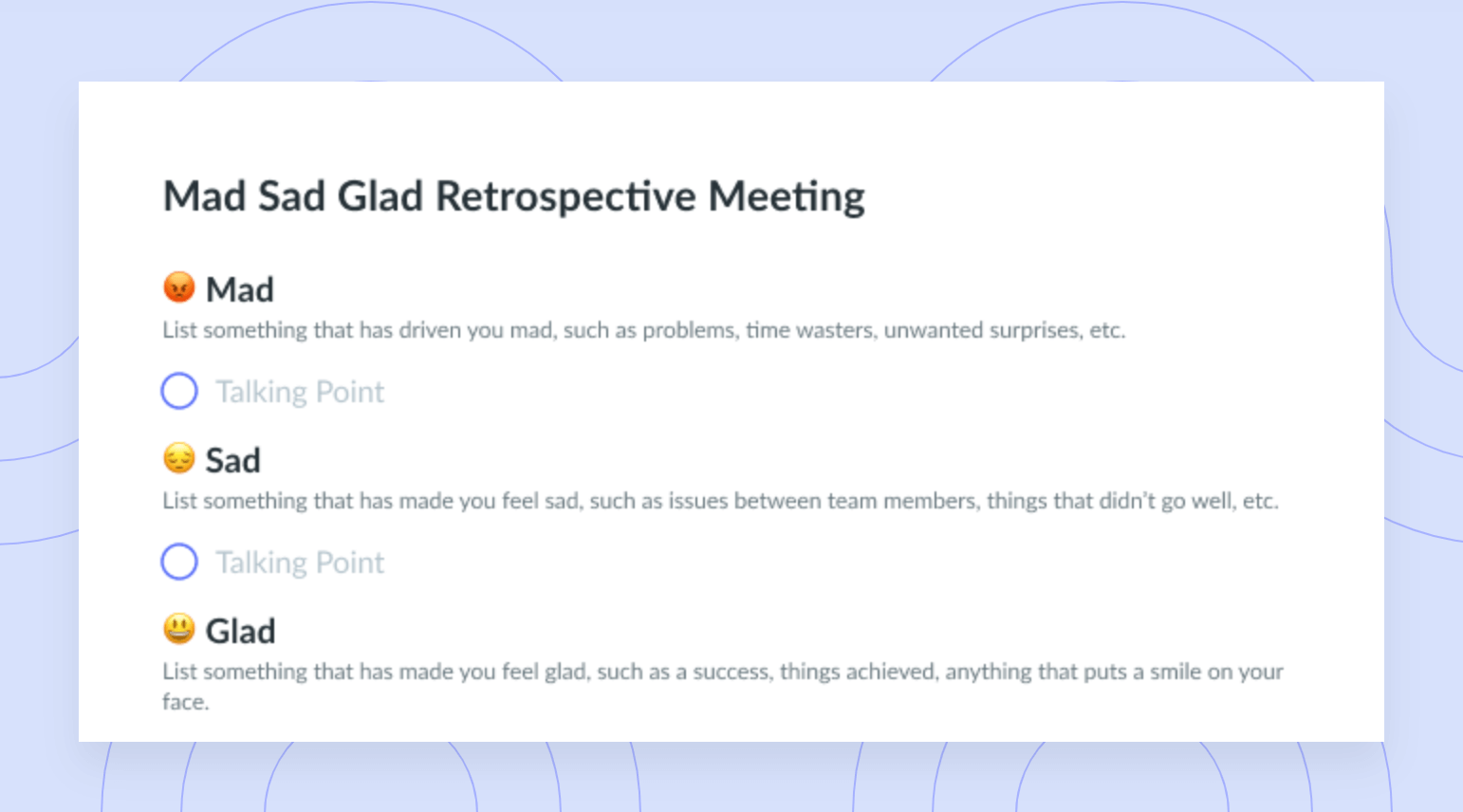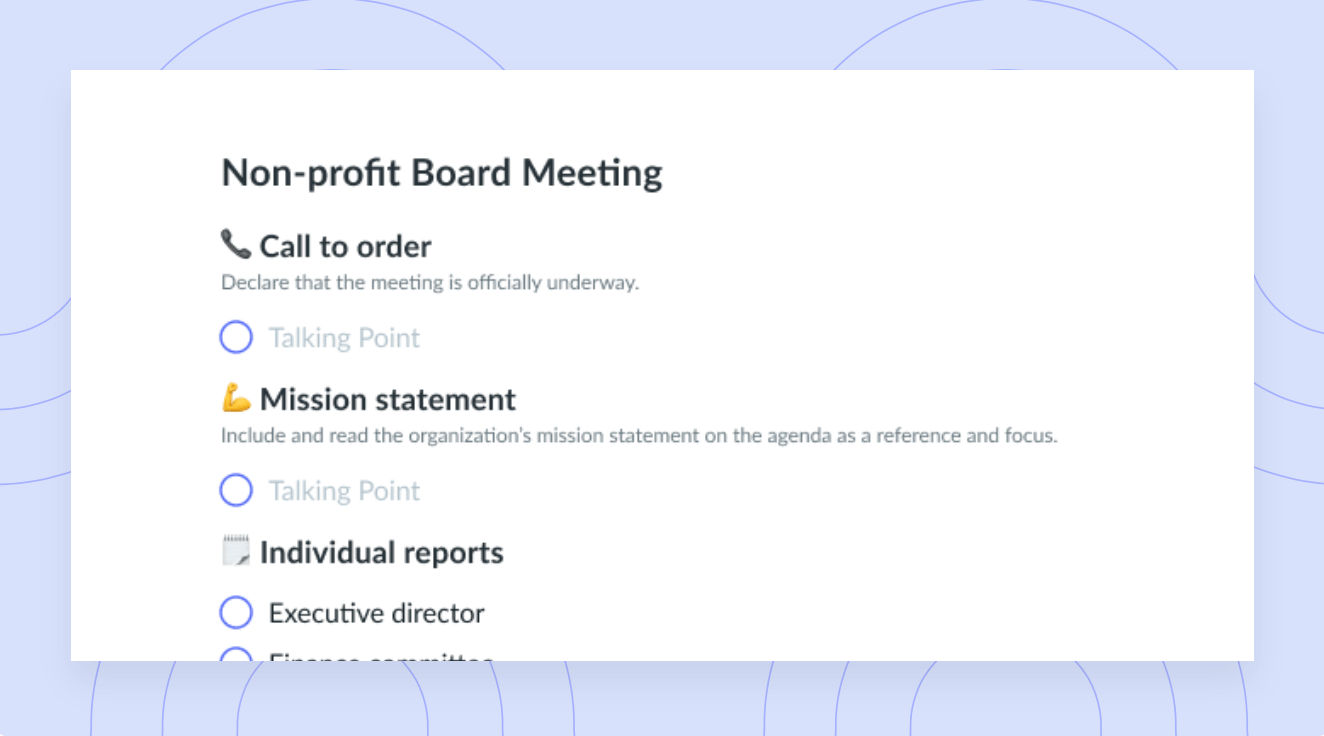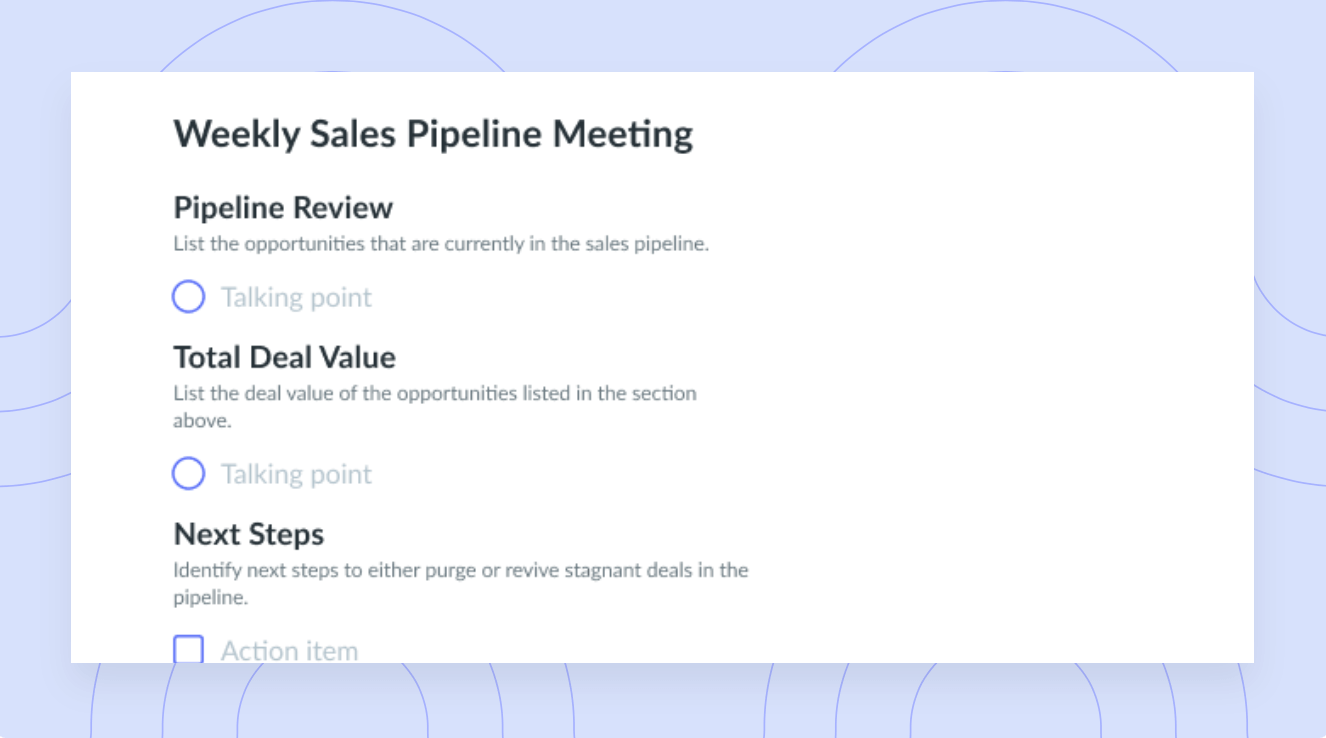11 Ways to Create an Emotionally Safe Work Environment
Safety in your workplace matters, but safety means more than feeling physically safe. Discover the value of creating an emotionally safe space.
Emotional safety (also known as psychological safety) in the workplace is part of the movement to improve mental health practices across organizations. This attention is well-deserved, and scholars back it too. For example, Harvard Business School professor Amy Edmondson has shown that better innovation and employee engagement are key benefits of psychological safety at work.
But these strategies aren’t guarded under lock and key. There are all kinds of ways you can create an emotionally safe work environment for your team members. Learn how you can make emotional safety in the workplace a priority so your team members feel safe enough to be their full selves.
- Emotional safety defined
- 11 ways to create an emotionally safe work environment
- Why is emotional safety important in the workplace?
Emotional safety defined
Emotional safety is an emotional state in which people feel secure enough to communicate freely, without fear of judgment or backlash. In the workplace, emotional safety happens when employees feel safe enough to show up to work as their most authentic selves. However, creating an emotionally safe workplace doesn’t happen overnight. It takes work – and building trust – to get to a place where all your team members will feel comfortable and safe at work.
11 ways to create an emotionally safe work environment
Below, you’ll find 11 ways to start your journey toward creating a safe space for your team.
- Build a no-blame environment
- Strengthen diversity and inclusion
- Acknowledge effort
- Be okay with mistakes
- Show team members they matter
- Lift up every voice on your team
- Applaud originality
- Develop trust
- Manage with empathy
- Lead by example
- Allow room for feedback
1Build a no-blame environment
Think of environments or relationships where you’ve felt on edge or unable to relax and be vulnerable. A common theme with those situations might’ve been a heavy focus on blame. When you remove blame from the equation, you remove shame too. No more worrying about asking a “silly question” or not succeeding at something new – just everyone’s full selves.
2Strengthen diversity and inclusion
A diverse workplace where everyone feels represented, included, and respected can do wonders for emotional security. When team members feel left out or isolated at work, then they won’t feel safe enough to share their thoughts and be active team players. That’s why you should go out of your way to make sure everyone feels included, both in your hiring decisions and with your current team.
For example, make a mental note when team members are left out of projects or social situations, and find ways to include them. You should also check in with team members that seem checked out or unwilling to join certain social activities. That one team member who never comes to Friday afternoon happy hour might not feel seen. Or maybe they don’t see other people in the workplace who are like them. You can change that.
3Acknowledge effort
Think of a time at work when you put all this effort into a project only to have it go unnoticed. Sure, maybe you brushed it off as no big deal or part of the job, but that effort was a big deal. Just being recognized could’ve motivated you to keep going or simply take extra pride in your accomplishments. So you should praise the little things – the everyday efforts your team members make to get the job done.
4Be okay with mistakes
When you cut out the blame and shame in a workplace environment, you can create a culture that’s okay with mistakes. And you can change the narrative – not just accepting mistakes, but embracing them as part of the learning process. This gives team members an emotionally safe place to grow and take risks. It also means your team members can take responsibility for their mistakes when something doesn’t go quite right.
5Show team members they matter
Showing team members that they and their work matter can create an emotionally safe environment and build confidence. This can be especially important with remote work since you don’t regularly see your team members in person. Go out of your way to show your team that you’re grateful for their contributions – they’re worth it.
6Lift up every voice on your team
People feel emotionally secure when they know their voices matter. That’s why building a safe work environment means encouraging team members to share their opinions and ideas. You should offer everyone a platform to speak on projects they’re passionate about or issues they’d like to change.
7Applaud originality
An organization of diverse people with different backgrounds and perspectives is more likely to do great things. Differences mean originality, which allows for better brainstorming and collaboration. That’s why creating an emotionally safe work environment starts with celebrating what makes people different. Let your team know you want them to show up to work as themselves – that’s why you hired them.
8Develop trust
When there’s trust within your team, you can do just about anything. When team members know they can trust each other, they’re more likely to confide in one another. That means an increased chance of sharing honest feedback for the greater good of a project. It also makes it more likely that each team member’s perspective will be respected.
9Manage with empathy
Maybe you’ve worked in an environment where management didn’t seem genuinely concerned for your mental well-being. If that’s the case, then you know the toll that can take on your mental health. A good manager, on the other hand, has the team’s back – it’s important to show everyone that you truly care. Remind your team to take breaks, use their PTO, and properly balance life and work.
10Lead by example
It’s up to you to set the tone for your company culture. Start small by admitting to your own mistakes. Then, communicate openly with your team about the struggles or challenges you faced. Your team will recognize your vulnerability and feel more comfortable sharing their mistakes, feelings, or opinions.
11Allow room for feedback
When you set up a dynamic that encourages peer feedback, everyone benefits – peer feedback highlights both hard work and potential improvement areas. Feedback lets your team know you care about their work and that you’ve given it the time and attention it deserves. That, in turn, can make them feel emotionally safe.
Of course, feedback can become a lot to keep track of, and the right tools can make all the difference in keeping everything organized. With Fellow, you and your team can track feedback over time as you continue to build a healthy workplace.
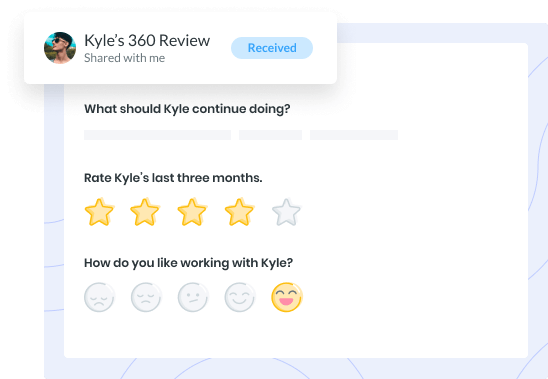
Phil Jacobson, VP of Product & Operations at #paid, has additional insight here. “Focus on building a feedback-first culture, where it’s normal and encouraged to regularly share constructive and positive feedback,” he says. “With this foundation, your team will feel comfortable voicing problems proactively.”
Why is emotional safety important in the workplace?
Now that you know how to build an emotionally safe workplace, below, you’ll discover why it’s so important.
- People can communicate openly
- Makes everyone more likely to share their ideas
- Inspires risk-taking
- Team members feel more inspired to innovate
- Boosts your team’s collective well-being
1People can communicate openly
Open communication is the heart of any healthy relationship, and the same is true for workplace relationships. When people feel safe at work, they’re more likely to speak up because they trust that their voice matters.
2Makes everyone more likely to share their ideas
Let’s say you want a lively work environment filled with cross-functional collaboration. That’s a noble goal, but it’s less likely to happen if people don’t feel safe enough to be open. You should make sure everyone feels comfortable discussing an idea with you and the entire team. You never know – maybe that thought could become the backbone of your next big project.
3Inspires risk-taking
In an emotionally safe work environment, team members are more likely to take risks that could benefit the entire team. Playing it safe all the time doesn’t do anything for your growth. You should instead let people fly, knowing they have a safety net (your support) to catch them.
4Team members feel more inspired to innovate
A foundation of emotional safety can encourage team members to innovate. It lets everyone know that you support their efforts to create progress. So don’t limit yourself or your team to an emotionally unsafe culture. Go with encouragement instead to favor inventive thinking and inspiration.
5Boosts your team’s collective well-being
When you feel better, you’re more likely to bring your best self to every task you face. That’s a big reason why an emotionally safe work environment matters. A work culture built on empathy makes burnout less likely, which leaves you with a healthier team. That, in turn, can make your team more likely to show up to work with a little extra pep in their step.
Emotional safety first
Emotional safety is key to successful teamwork and innovation – lead with empathy, and watch your team blossom. You should let your team members know that they’re valued, respected, and here because of that little special something that makes them, well, them.
An emotionally safe workplace culture encourages feedback, and with Fellow’s 360 feedback tool, you’ll be able to gather all your team’s feedback in one place. And then, you can act on it to make your work environment even more emotionally safe.





![10 Signs You’re In a Toxic Workplace [and How to Handle It]](https://fellow.app/wp-content/uploads/2022/01/toxic-culture.jpg)



